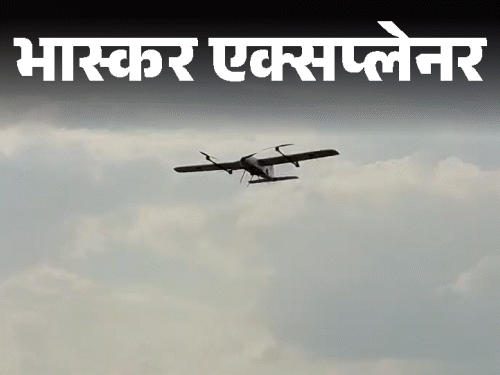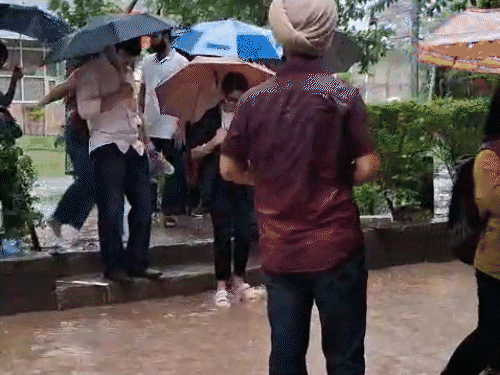The use of artificial rain through cloud seeding has been started in Ramgarh Dam in Jaipur. The trial failed on the first day. The company (Gen X AI) will use artificial rain through drones for 60 days.
,
The biggest question is whether the Ramgarh dam will be filled again and farmers will benefit from it or not? At the same time, it is being claimed that there is a danger of cloudburst and deteriorating weather.
It is being said that if the use of artificial rains from drones is successful, then the private company along with the government can take a project to get artificial rain in many more areas of Rajasthan.
Will you know whether Rajasthan benefits or disadvantages in this Excellener …
1. or not Ramgarh Dam will be filled or not ..
Experts argue that it is necessary to rain in large areas in the catchment area to fill the dam. There are encroachments in the catchment area which are not allowing water to come in it.
The use of artificial rain from the drone is a pilot project, it is yet to be successful. Once artificial rains occur, data analysis will guess how much water will come from artificial rain? Everything rests on the success of this trial.
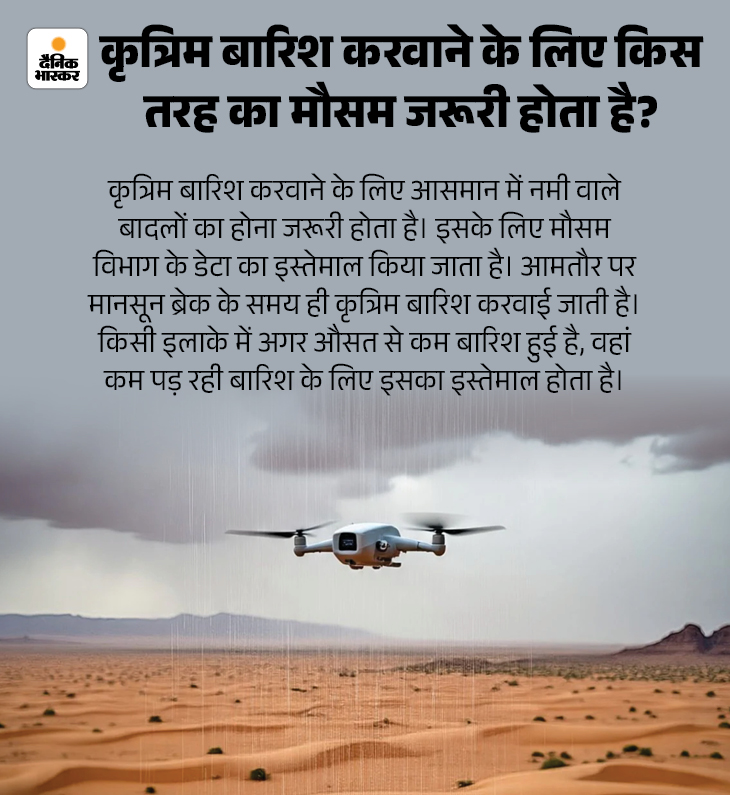
Why is this experiment being done for the first time in Jaipur?
There is a shortage of rain in Rajasthan. Despite good monsoon, crops are destroyed due to lack of rain in some areas.
The private company gave an idea of artificial rain to the Rajasthan government. The government gave permission. The founders of the company using artificial rain are from Jaipur, so they chose Jaipur.
Why did the trial of artificial rain fail on the first day?
- On the first day, the use of artificial rain from drone on Ramgarh dam failed, drone could not reach the clouds.
- Rain clouds are at least 2 thousand feet of height. Whereas the company had permission to fly a drone up to 400 feet.
- Now permission is yet to be obtained from DGCA to fly drones up to 10 thousand feet. There is a possibility of permission in 7 to 10 days.
- Now the next trial will be done only after this permission. This time the company will do a trial without making public announcements so that the crowd does not gather.
2. How artificial rain occurs …
Many times, there is no rain despite adequate moisture in the clouds. Special chemicals are done heavy on the clouds, and in contact with the chemical, the clouds start raining in a few minutes.
For this, plane and unmanned aircraft (UAV) have been used till now. Ceding is done on clouds from plane or UAV. It starts raining shortly after seeding.
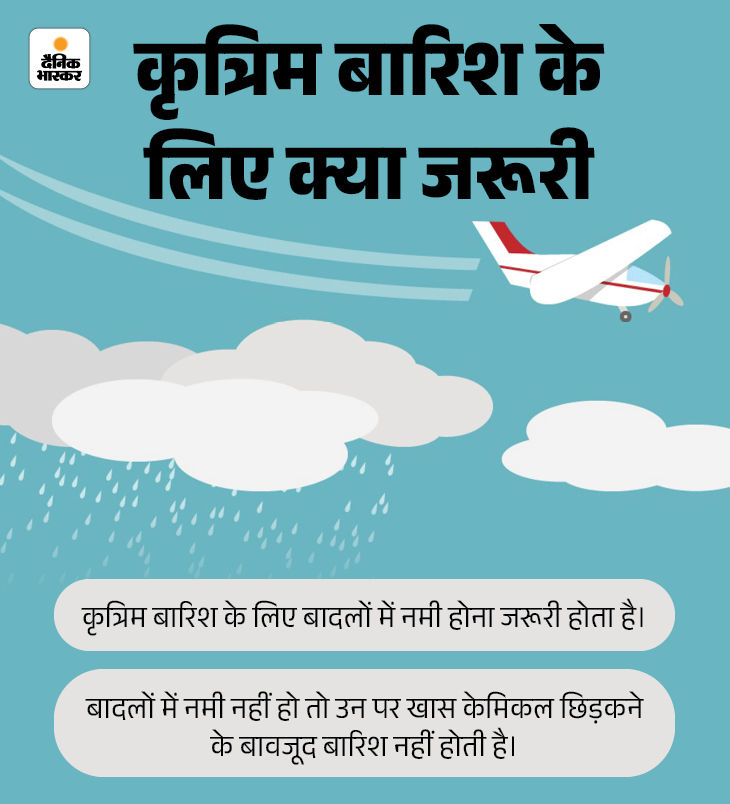
Special drones flying on high height are used for artificial rain. Chemical is sprinkled by blowing the drone over the clouds. The company using artificial rain in Jaipur is using sodium chloride.
What is cloud seeding and how does it work?
- Silver iodize, sodium chloride, solid carbon dioxide is sprayed on moist clouds.
- When these chemical reactions together in clouds, the moisture present in them turns into the drops and it causes rain.
- The clouds with moisturized clouds are known as Barsana Cloud Seeding Technology. This method is being adopted long earlier in developed countries.
3. Why the helicopter was not chosen, how many drones will work …
The large area is covered in cloud seeding from the plane. The plane codes the cloud to a large distance covering the large cloud.
Cloud seeding from the plane causes artificial rains in a much larger area, in which the area is not under control. How much rain will be done, it is also not controlled, sometimes excessive spraying causes the risk of cloudburst.
Drone can be rained in small areas as cloud seeding is cheaper.
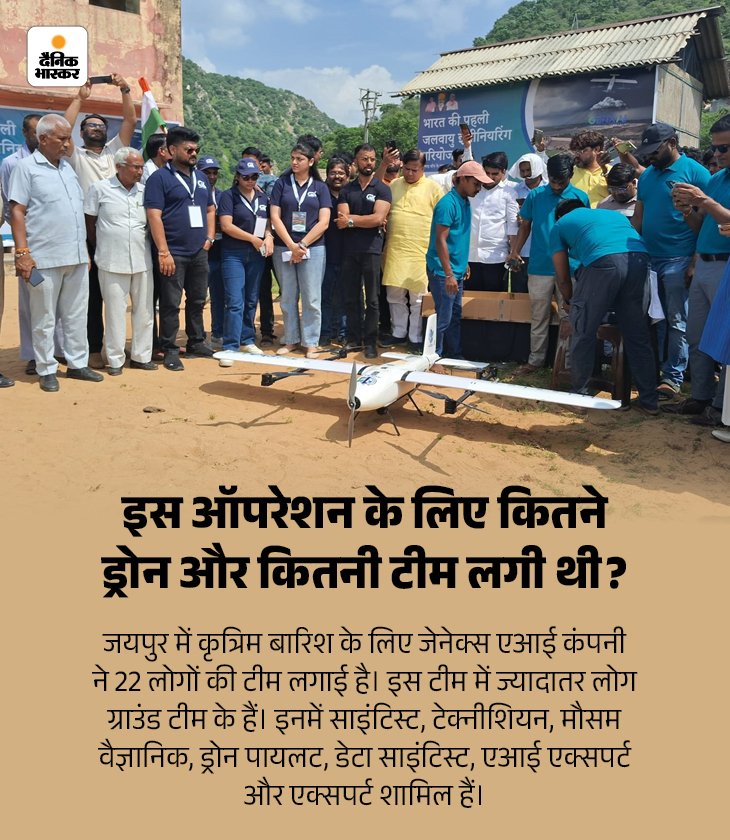
Company claims patent technology with him
In Jaipur, a private company has claimed to do everything under controlled circumstances using procedural technology to get artificial rains from drones. The company claims that they have patent technology capable of making artificial rain in small areas.
As much as the need can be done as much rain, while there is no control over cloud seeding from the plane. In the ongoing trial in Jaipur, only 1500 grams of sodium chloride is being used in a flight for artificial rain from drones.
Where artificial rain is done, will it always be needed?
- The rain is rained only when there is a break of rain. When clouds do not rain in normal condition, artificial rain is done.
- After artificial rains in small areas, there is no evidence of not having normal rain. Cloud seeding areas have received normal rainfall, but many scientists definitely question cloud seeding regarding the impact on the environment.
- Silver iodize and other chemical impact on the environment cannot be denied. In many countries on artificial rains, there has been a debate on its environmental effects.
4. This will increase the danger or benefit …
There has been a global debate over the environmental threats of cloud seeding. Hundreds of kilograms of chemical are used in cloud seeding from the plane. Using a large amount of chemical leads to its reaction which is fatal to the environment.
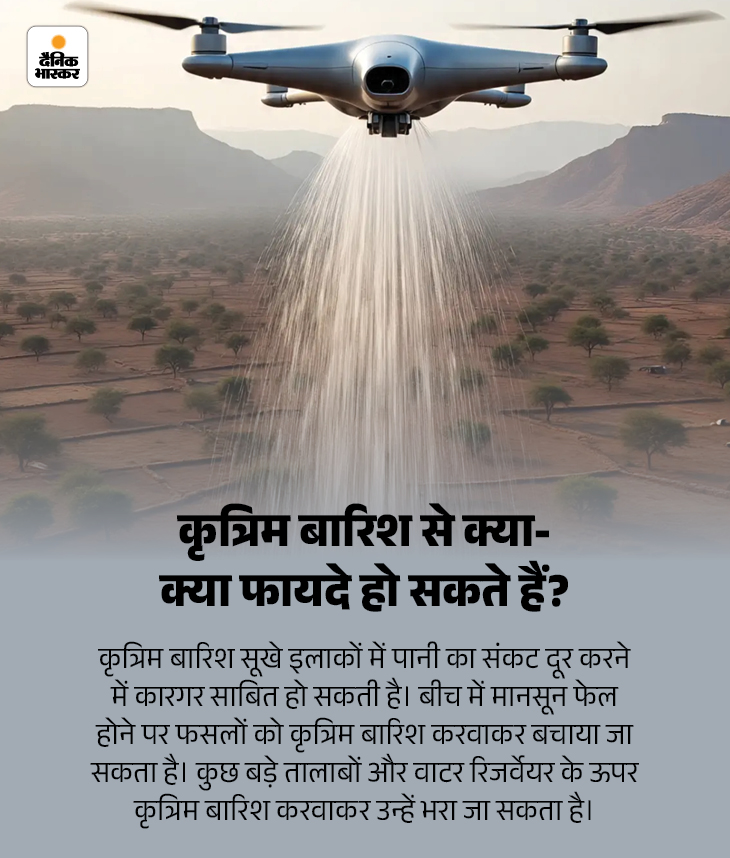
The use of more chemical can spoil the pattern of clouds, the reaction to them does not remain under control many times. Danger such as cloudburst, weather cycle deteriorating arise.
Although the artificial rains done by drones are very low, so there is not much damage, but a section of scientists does not agree with this argument.
How much does it cost to get artificial rain once?
- The cost of artificial rain depends on different factor. The cost of artificial rains done by plane, UAVs and drones is different.
- It depends on how many areas are being rained. The private company in Jaipur is currently not taking any money from the government.
- The drone can cost from 20 lakh to one crore on an artificial rain in small areas. Its cost can be up to 10 crores from the plane.
- IIT Kanpur has received a project of 4 crores for artificial rain in Delhi.
5. The project will prove to be a boon for drought in Rajasthan or the project will fail …
If this pilot project is successful, artificial rain can be done on some major water reservoirs (reservoirs) in Rajasthan. The place is not yet decided, but talks are going on at the level of the government and the company.
In small areas, it will depend only on the success of the use of Ramgarh on taking forward the experiment of raining drones with drones.
Such experiments have been successful in the world
Many countries including America, Russia, China, Vietnam, many countries of Europe, Saudi Arabia, United Arab Emirates, Vietnam, South Africa make artificial rain using cloud seeding technology.
Cloud seeding is prohibited from using military purpose. The US affected the weather cycle using cloud seeding during the Vietnam War.
Is this technique permanent solution or just emergency measures?
Cloud seeding technology cannot be a permanent solution and it cannot become an alternative to normal rainfall. When there is a lack of rain in the monsoon, it can be used as an emergency only to fulfill its deficiency. There are many restrictions from the Meteorological Department to the government agencies. There are many types of regulations.
2 pictures of the trial held in Jaipur …

Before flying the drone on Tuesday, scientists duly worshiped and wished for the success of artificial rain by performing prayers and havan.
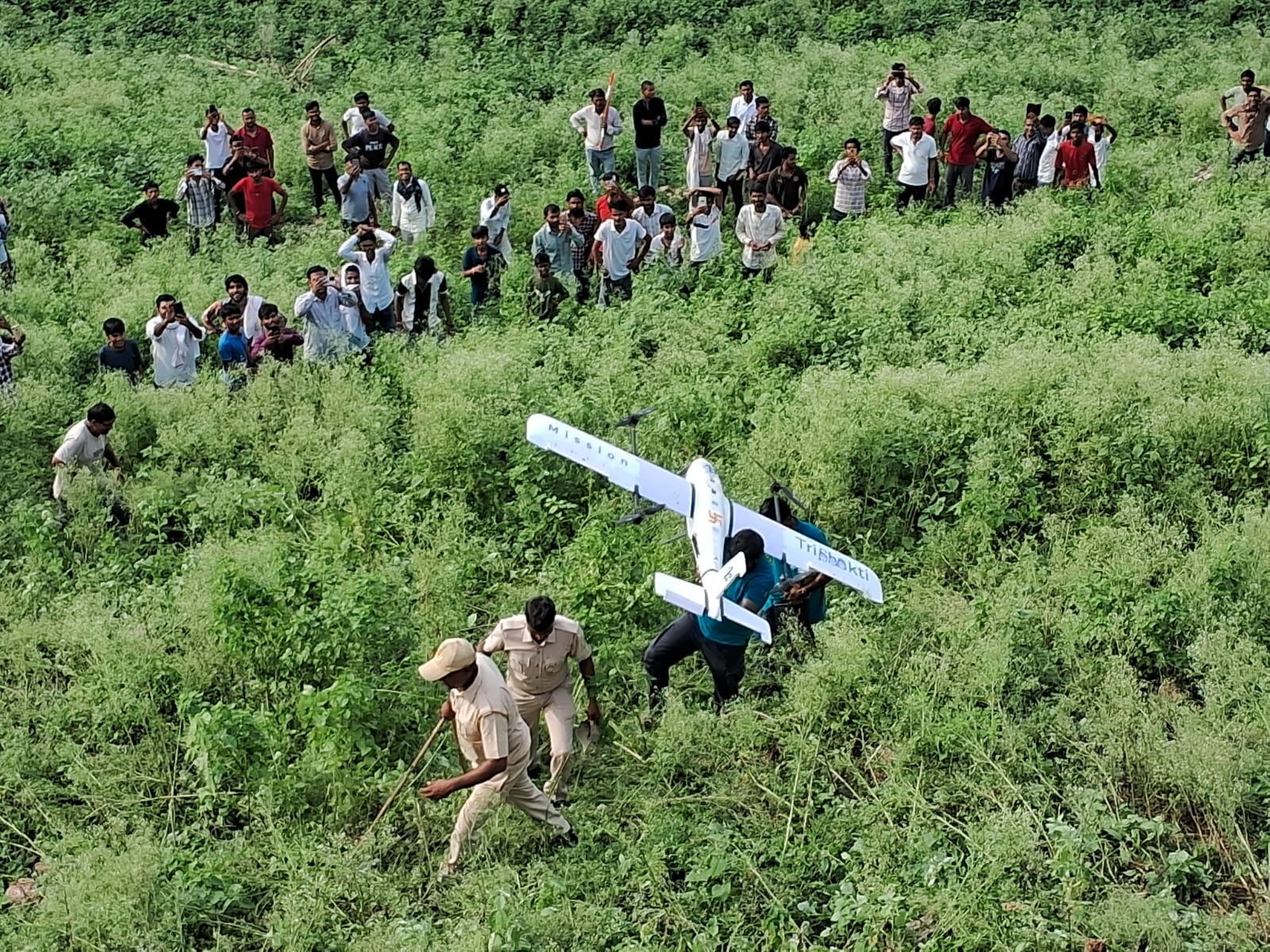
On Tuesday evening, the drone could be blown up to about 400 feet in an attempt to give artificial rain.
,
Read this news related to artificial rain in Jaipur …
The first attempt for artificial rain failed in Jaipur: Company Boli- Badal was quite high, it is allowed to fly drones up to 400 feet height.
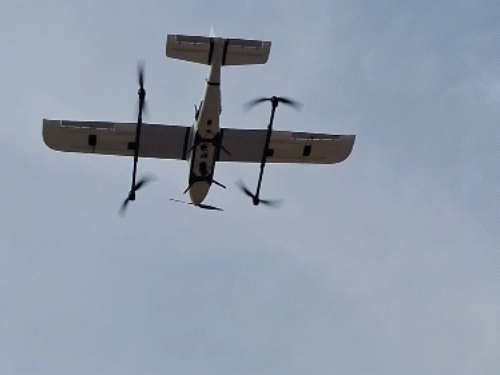
Ajinkya Dhumbade, director of Artificial Rain-making company Jane X AI, said- a drone was demoed by blowing a drone up to a height of 400 feet on Tuesday. Read full news …
